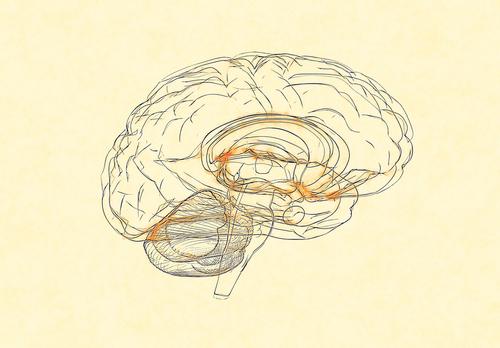Decades after the space race pitted the United States against Russia, a new race has emerged: the race to map the human brain. The New York Times reported Feb. 18 that the Obama administration is gearing up to announce the Brain Activity Map project, an effort to map an active human brain that could give new insight into how neurons interact with each other, providing new avenues of research for diseases such as Alzheimer's. The U.S. will apparently pit itself against a collection of European research agencies that have announced similar projects. The U.S. effort, however, will apparently involve U.S. businesses, which would naturally benefit from the high-profile nature of the effort; in theory, the latter could also apply the resulting discoveries to their own computing efforts. The Times reported that representatives from Google, Microsoft, and Qualcomm met with government representatives at the California Institute of Technology to try and figure out whether or not there are sufficient computing resources to process the vast amounts of data that the experiments are expected to produce, or whether new ones would need to be built. Those meetings also included the National Institute of Health, whose director, Francis S. Collins, apparently confirmed the plan in a subsequent tweet: "Obama mentions the #NIH Brain Activity Map in #SOTU.” In his State of the Union address, President Obama laid out the case for brain research, deploying the "space race" metaphor:
"Every dollar we invested to map the human genome returned $140 to our economy. Every dollar. Today, our scientists are mapping the human brain to unlock the answers to Alzheimer’s. We’re developing drugs to regenerate damaged organs, devising new materials to make batteries 10 times more powerful. Now is not the time to gut these job-creating investments in science and innovation. Now is the time to reach a level of research and development not seen since the height of the space race. We need to make those investments."
Meanwhile, Europe has already started building its own rocket, as it were. Earlier this month, the European Commission announced the Human Brain Project, one of two EU-based projects to set aside 1 billion Euros each as part of the Future and Emerging Technologies competition. The project, which is expected to last a decade, will create the world’s largest experimental facility for developing a detailed model of the brain and how it works. The Swiss canton (or region) of Vaud is also offering the “Neuropolis,” a building dedicated to ”in silico life science” and centered on the Human Brain Project. The Swiss Confederation, the Rolex Group, and various third-party sponsors are backing this part of the effort. In total, scientists from 87 different institutions are involved. The Times suggested that any cognitive-analysis project could deploy fleets of nano-sensors to monitor brain activity and store the resulting data in synthetic DNA. The problem is commercializing the process, although the benefits to data archiving could be enormous: scientists have shown that DNA can last as long as 50 years. At this point, the EU's Human Brain Project is the only brain-mapping project on record, meaning that the "race" only has one contestant. But when—and if—the U.S. decides to participate, Big Data and supercomputing could undergo a dramatic shift. Just think: Google searches modeled around the way a brain thinks. The notion should give you chills. Image: Jezper/Shutterstock.com

